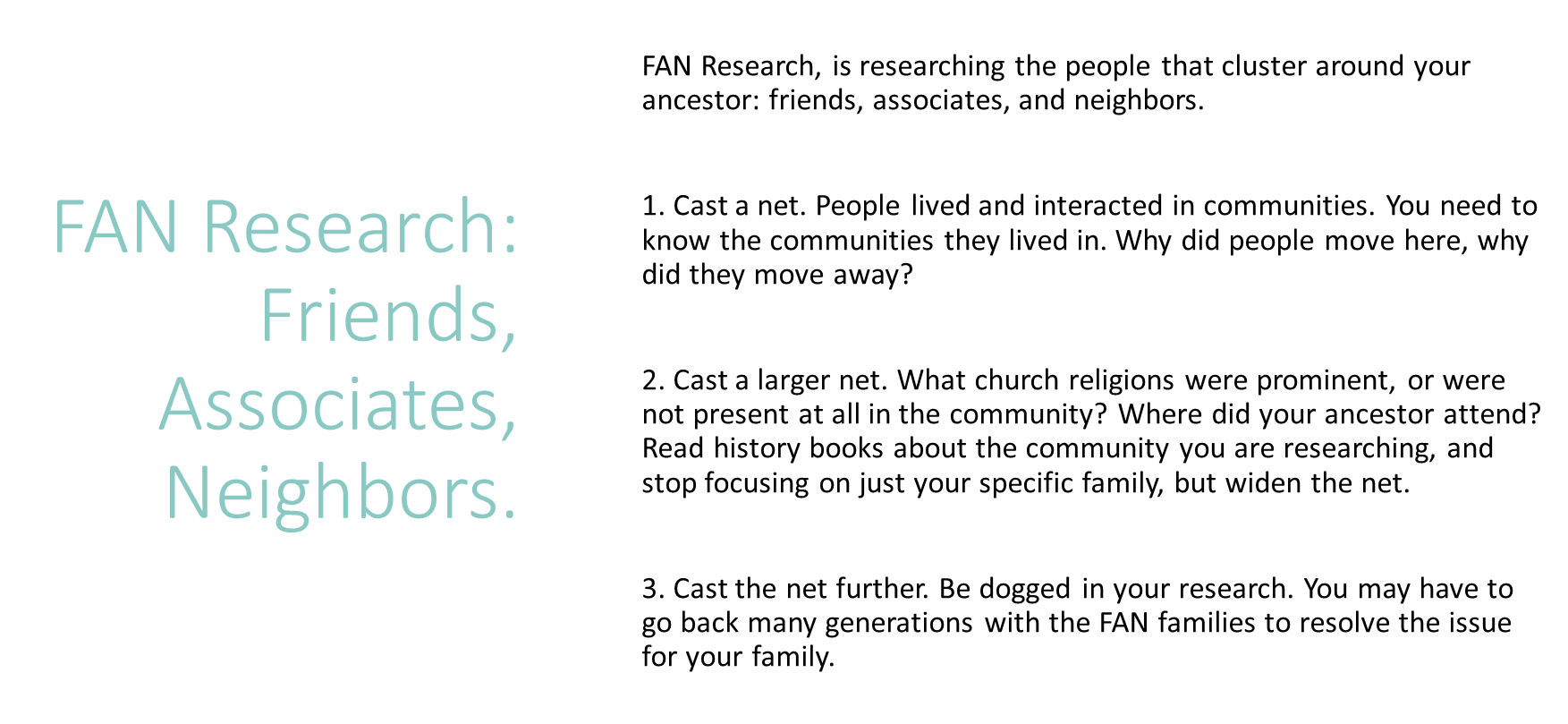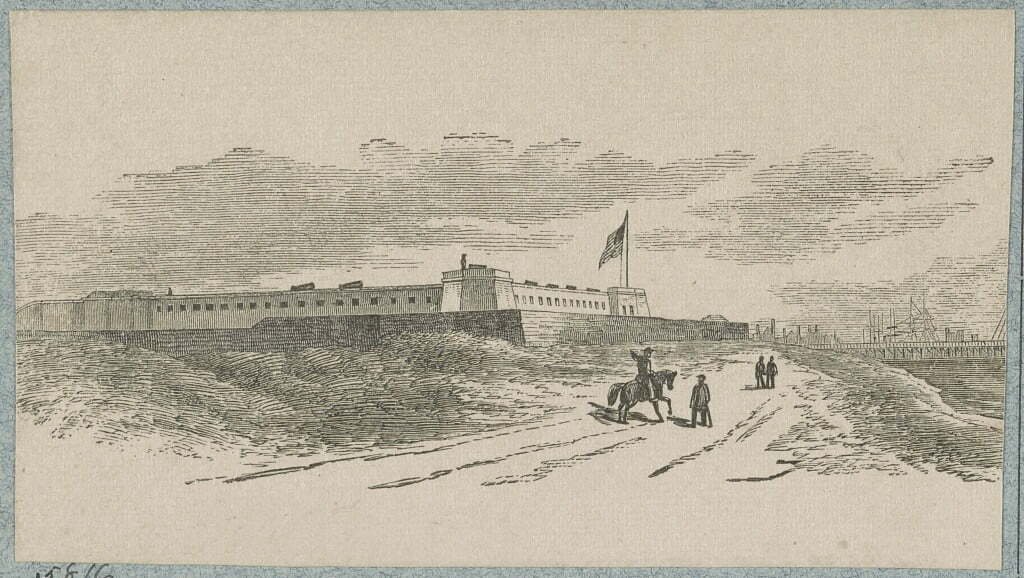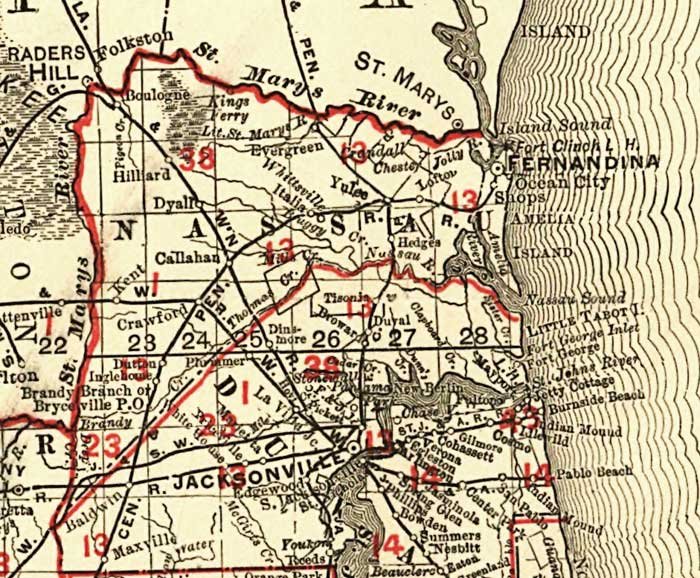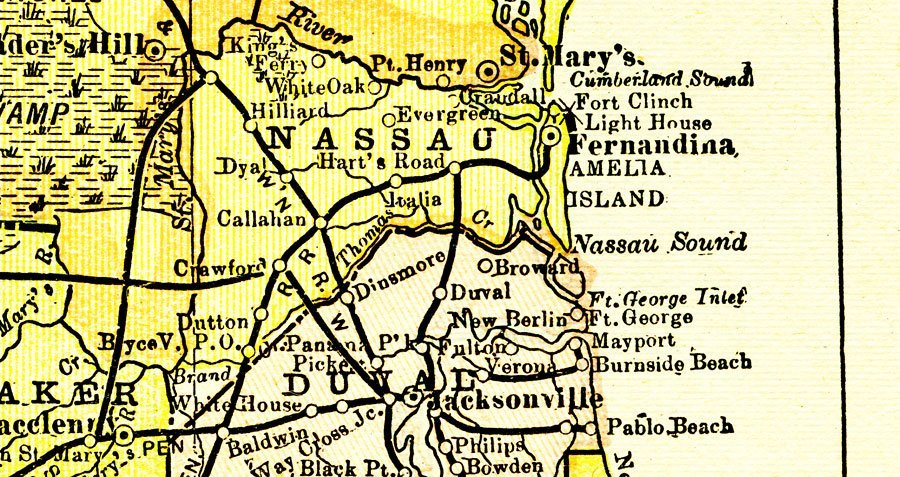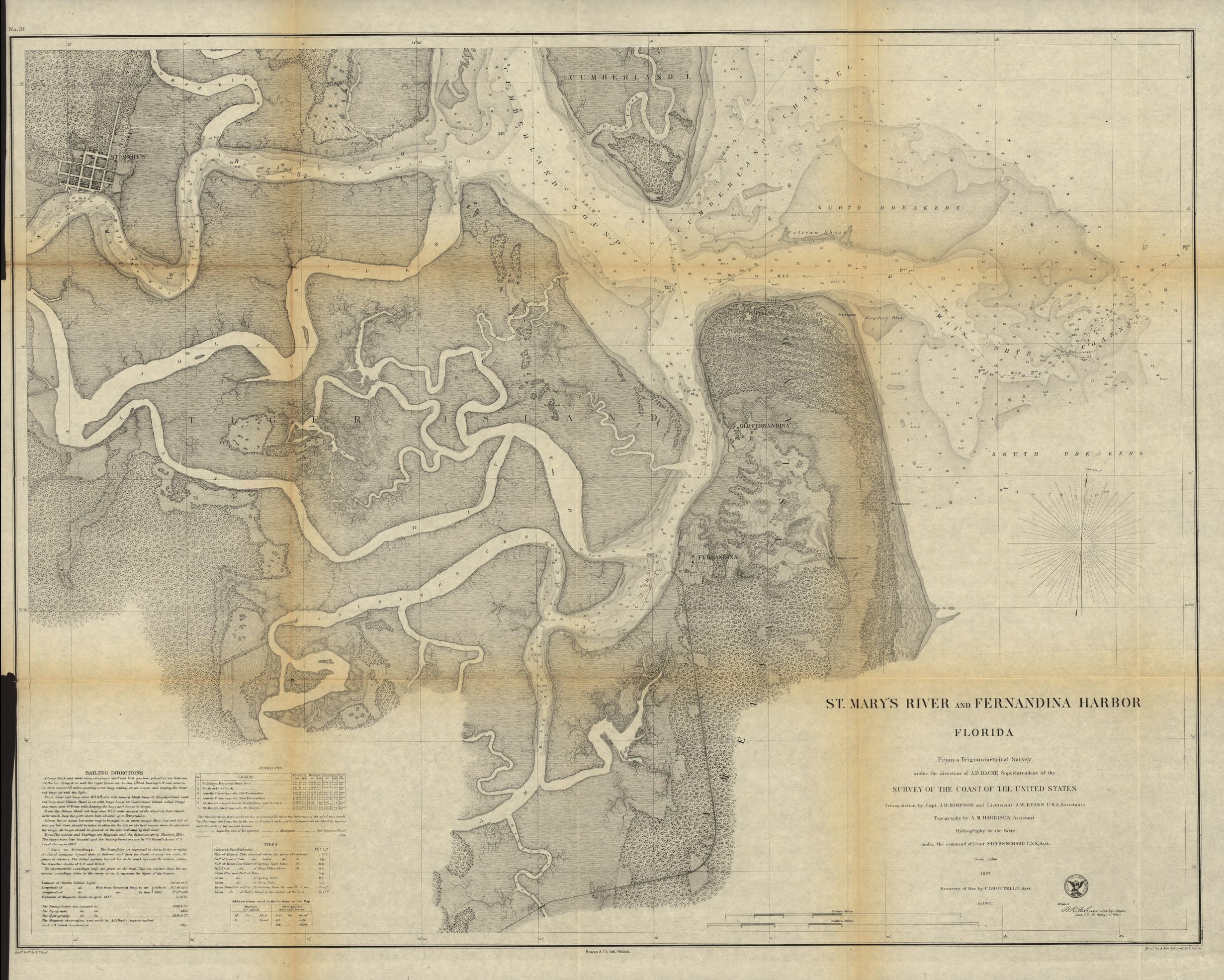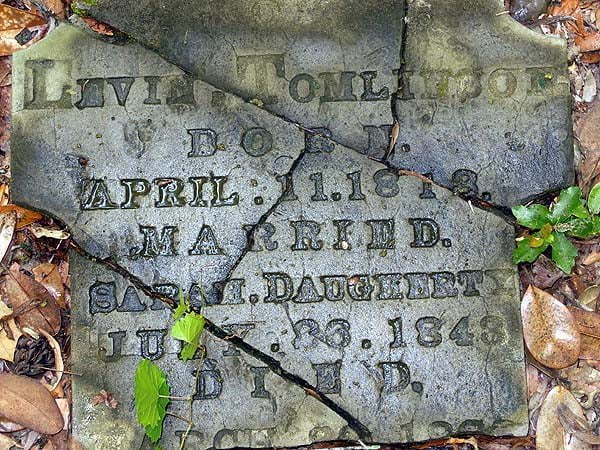President’s Message for June 2022
Summer is in full swing here on our little Island paradise and as such, my attention has been drawn to things other than Amelia Island genealogy. I expect many of you are in the same boat as I am. But don’t get so busy that you miss out completely on all of our summer general meetings. The program committee has been actively finding some top quality speakers for this summer period. Case in point, last months professional genealogical speaker, Drew Smith. Drew regaled us with his genealogical knowledge and ability to speak that expertise in an efficient manner that everyone could understand. FAN research remains one of the most used tools in the genealogy toolbox for solving brick-wall problems. If you missed the meeting which was virtually broadcast in, then you missed a really good presentation! Not to be overshadowed, this months speaker comes direct from Washington DC where she is the Chief Historian for the U.S. Census Bureau. You won’t find any higher level of knowledge on the process of taking a census. From the earliest in 1790 to the latest 1950 release she will explain how the census has been taken over time. This is an extremely important subject for genealogists, as it can help explain how mistakes were made in past census, like Seline Martin being attached to the wrong family during the 1870 census, for example.. When you understand how these census were taken, how often the facts were written by hand before it made it […]
President’s Message for June 2022 Read More »

